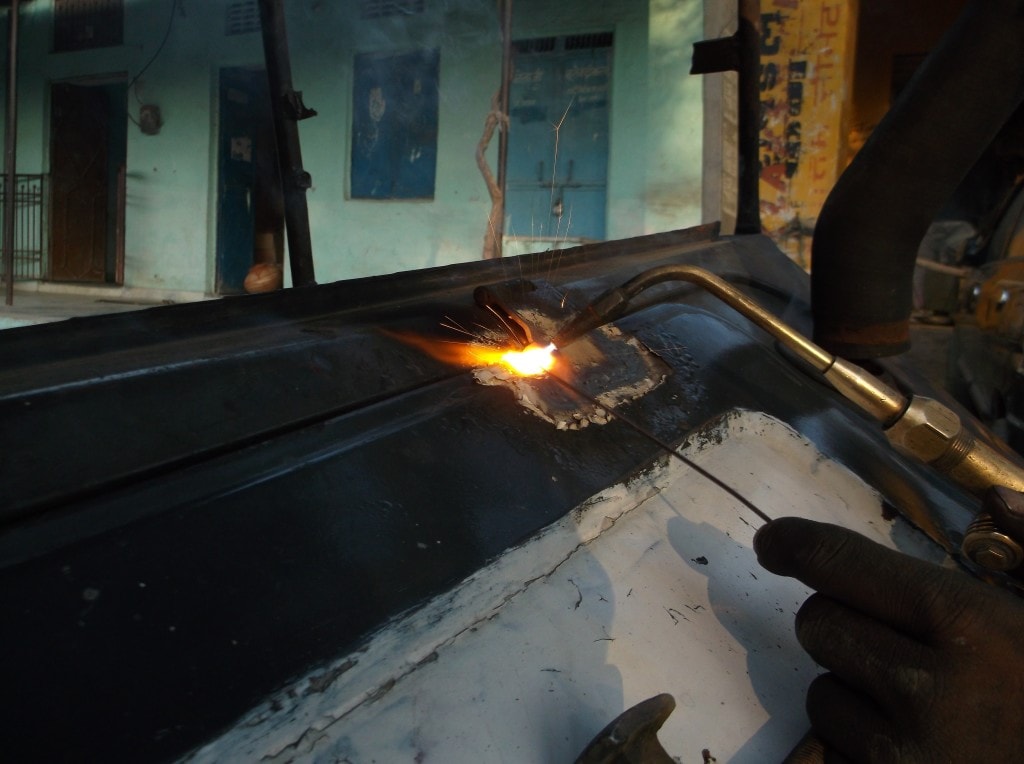Last week I spoke at the opening night of the Diploma in Safety Health and Welfare at Work at University College Cork. It’s in its 25th year and as popular as ever. I have been involved with the Diploma for 23 of those years. It caused me to reflect on how occupational health has changed over that time.
How occupational health has changed
Nowadays most of us who practice occupational medicine spend about half of our time assisting with mental health issues in the workplace. It was not always this way. When I was studying occupational medicine (taught as part of the public health medicine curriculum in medical school) we learned about the classical occupational diseases of heavy metal poisoning, pneumoconiosis, diseases of miners etc, often relating to quite heavy exposures in the workplace. There was very little mention of stress and other occupational mental health problems. Work related upper limb disorders really did not appear over the horizon until relatively recently. The truth is though these traditional occupational diseases remain a problem in the developing world, the burden of work related ill health in the developed world has shifted towards what might best be termed lifestyle related diseases.

Why has this happened?
Without doubt much of this is due to significant improvements in the recognition and control of hazards to health in the workplace, particularly in the developed world, less so in the developing world. With scientific advance has come:
- earlier recognition of health risks,
- improved control mechanisms,
- improved awareness amongst employers,
- improved regulation,
- accumulation of research associating disease and exposure,
- a move toward more modern technologies and safer alternatives.
Also and particularly in developed countries the onus for preventing and controlling health risks at work has shifted away from the regulator toward the employer, who has control of the risks in the first place. It is impossible for regulating bodies to stay ahead of the curve when it comes to recognizing and controlling hazards and risks at work. This is not to say that regulation has no place – it does, but along with the requirement to be able to sanction offenders many regulating agencies now promote themselves as facilitators and sources of advice in the overall approach to the elimination and reduction of risks in the workplace.

Occupational health promotion and wellness
In terms of priorities in occupational health medicine disease prevention is the most important and this is recognized in the legislation. The approach to risk reduction is outlined in the hierarchy of control, a concept well known to all who work in the field of health and safety. With the increasing influence of lifestyle and work life balance and the relative disappearance of many traditional occupational diseases there is also increasing emphasis on the field of wellness and health promotion. Considering that most of us spend between a third and a half of each day at work during our (increasingly lengthy) working years, the workplace may be considered a very useful portal to improving general health as part of a widening public health and occupational health program. If you are considering the implementation of a occupational health and wellness programme and would like to know ‘best practice’, get in touch.
CALL US; +353 (0)21 4536040
EMAIL; reception@cognatehealth.ie
John
